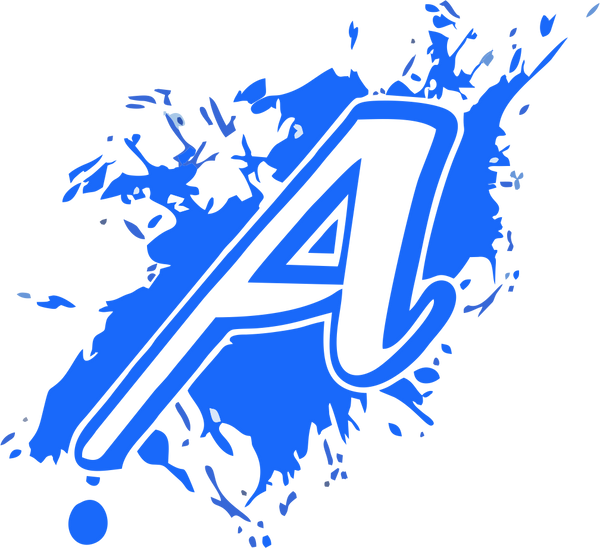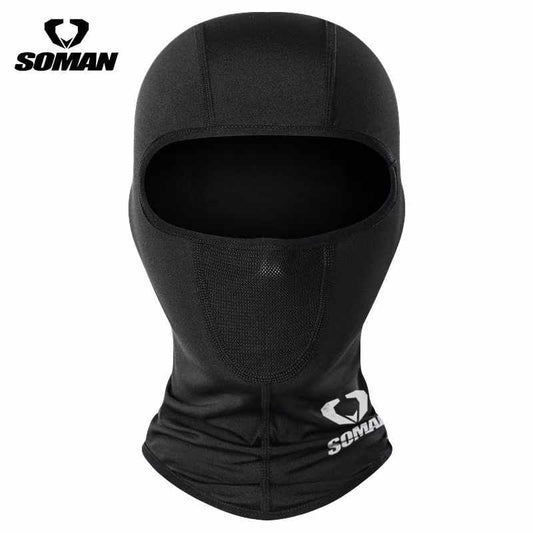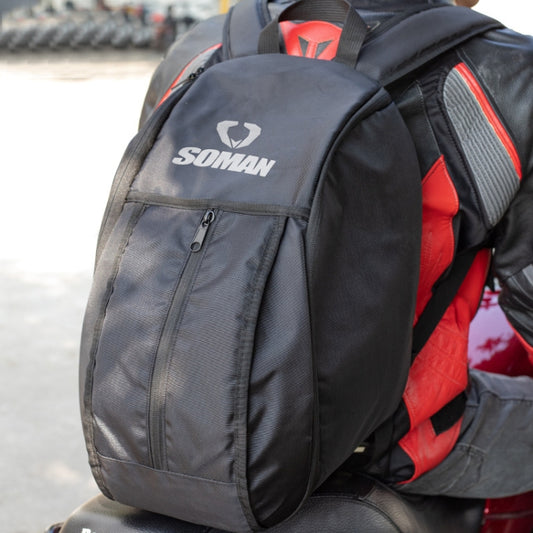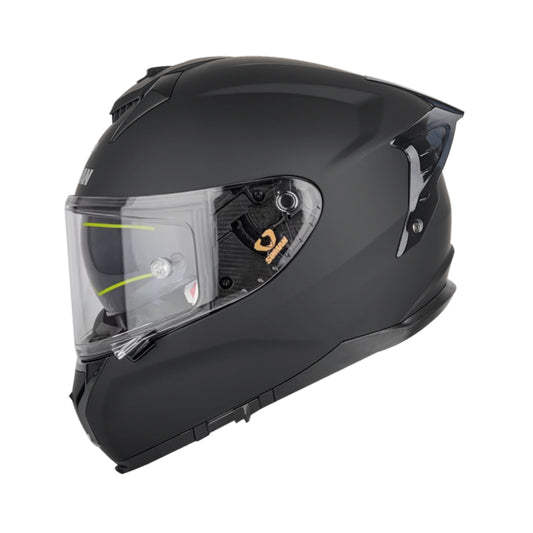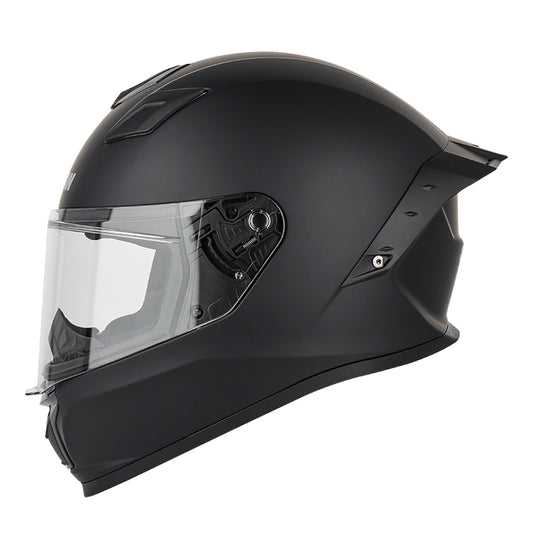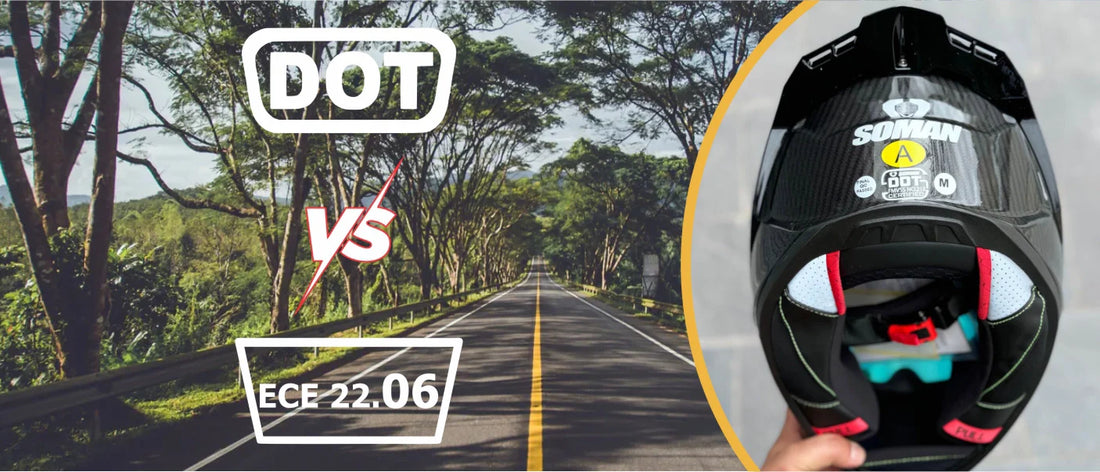
ECE or DOT Approved? Which Helmet Certification Should Mauritian Riders Trust?
Share
What are ECE & DOT Certifications?
| Certification | Full Name / Region | Key Strengths | What It Tests (Some Examples) |
|---|---|---|---|
| ECE (United Nations Economic Commission for Europe) | Widely used in Europe & many countries globally | Very rigorous; regular updates (e.g. ECE 22.06) that include more realistic crash angles, visor tests, strap strength etc. | Impact absorption from different angles, low & high speed; visor clarity & durability; strap retention; sometimes rotational impact (newer versions) |
| DOT (U.S. Department of Transportation, FMVSS 218) | Legal standard in the USA, also used/recognized elsewhere | Good basic protection; broad availability; many helmets pass both ECE and DOT tests |
Impact tests (flat and hemispherical anvils), penetration resistance, strap strength etc. But DOT generally allows manufacturer self-certification. Less third-party oversight than ECE. |
Comparison: ECE vs. DOT - What’s Better (for Mauritian Conditions)
You might think: “Any approved helmet is better than none.” True. But not all approvals are equal. Here’s how ECE tends to outperform DOT in ways that matter here in Mauritius:
-Real-world crash angles: ECE (especially newer 22.06) includes angled / oblique impacts. That protects more in messy, real crashes. DOT tends to focus more on direct hits.
-Visor quality and optical tests: With our harsh sun, glare and scratches matter. ECE requires visor testing; DOT less so.
-Strap/retention strength & chin protection: Keeping the helmet on your head during a crash is vital. ECE’s rules are stricter.
- Lab testing vs self-declaration: ECE helmets go through accredited independent labs. DOT relies more on the maker’s statements (though there are random checks).
That said, DOT certified helmets aren’t “bad” — many are quite safe. But for someone in Mauritius who rides in varying roads, weather and speeds — especially on highways or in heavy traffic — having the higher standard of ECE gives more peace of mind.
Beware of Helmets with No Certification Proof

Why uncertified or “no proof” helmets are dangerous:
-False safety claims: Some helmets simply have stickers saying “ECE” or “DOT” but no lab number or documentation. These could be counterfeits or just Hoi Ploy (cheap imports) with misleading labels.
-Lower quality materials: Without testing, the shell, foam, visor, or strap may be weak, inconsistent, thinner, or poorly assembled.
-No warranty or liability: If something fails, there’s nowhere to hold someone accountable.
-Higher risk in crashes: Uncertified helmets may not absorb impact correctly, or may detach or shatter, causing serious injuries.
What to check to avoid uncertified helmets:

-
Look for a certification label clearly visible: e.g. “ECE 22.05 / ECE 22.06” or “DOT FMVSS 218”.
-
Check for a lab / batch / type approval number (on ECE) or manufacturer declaration for DOT.
-
Visually inspect build quality: sturdy straps, solid visor hinges, smooth finish inside & out.
-
Ask the seller for documentation, test reports, or photos of lab approval. If they can’t provide, walk away.
-
Don’t trust price alone: If it’s “too cheap” compared to known good helmets, safety corners are probably cut.
Introducing Soman Helmets:

Since you’re already considering Soman helmets, here’s why they’re a smart choice:
-ECE or DOT approved: Every Soman model (open-face, full-face, different styles) carries valid certification. No guesswork.
-Variety of styles for different use cases:
-
-
Open-face styles for urban, short rides or scooters — lighter, more airflow.
-
Full-face for highways, rainy season, higher speed protection.
-
Seasonal liners or ventilation built-in so you don’t overheat in humid weather.
-
-Designs that fit: Soman helmets are made in multiple shell sizes, padding that can adjust, good visor options (clear / tinted) to handle Mauritian sun glare.
Summary: What Mauritian Riders Should Trust
| What to Look For | Why It Matters | Ideal in a Helmet |
|---|---|---|
| Valid ECE 22.06 or DOT FMVSS 218 label + lab / batch number | Legal compliance + tested safety | Soman helmets with full vs open-face, both with certification |
| Solid build & trustworthy retailer | Avoid fakes & unsafe materials | Buy from authorized dealers, inspect physically |
| Good fit + comfort & ventilation | You’ll ride more safely if you wear it gladly | Multiple sizes; good airflow; visor suited to sun & rain |
Want to try one? Drop by our showroom at Beau-Bassin or Port-Louis to test Soman helmets. Try both full-face & open-face. Feel the comfort, inspect the visor, verify the certification label in your hands. Ride safe. Ride smart. Trust the proof, not just the promise.
